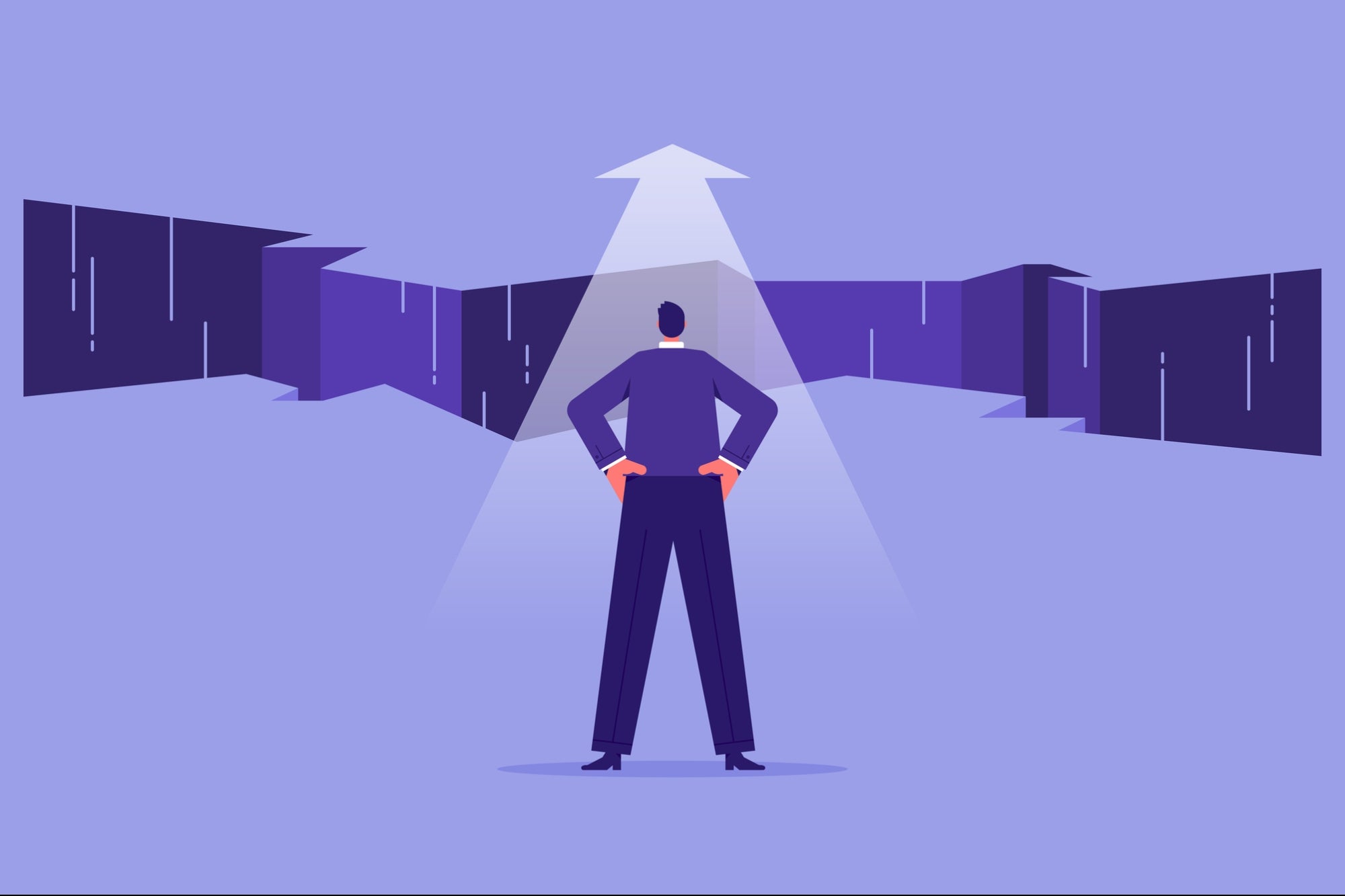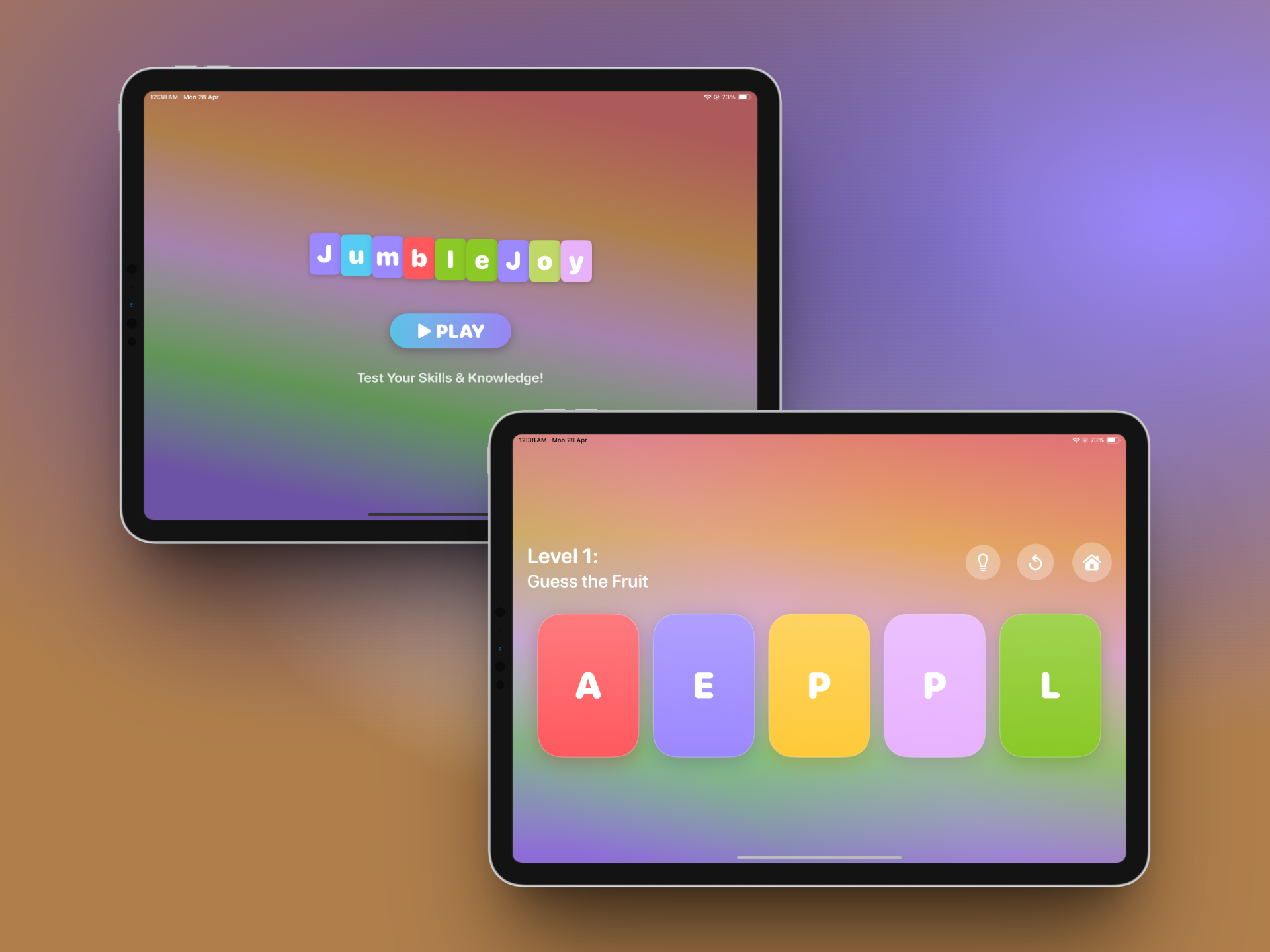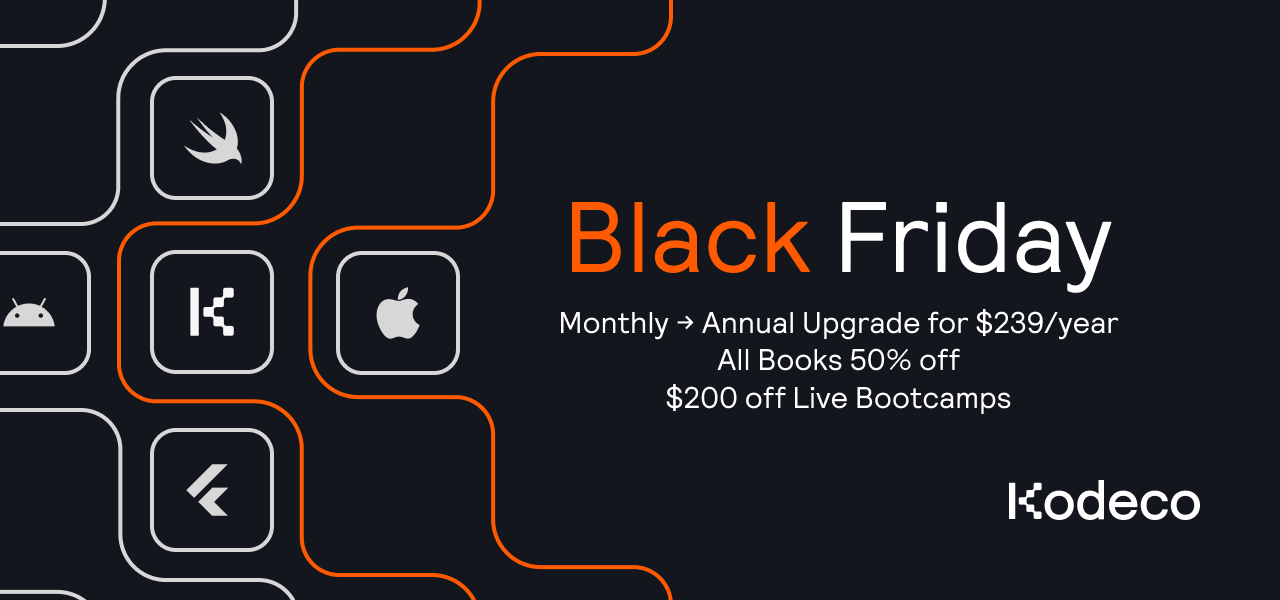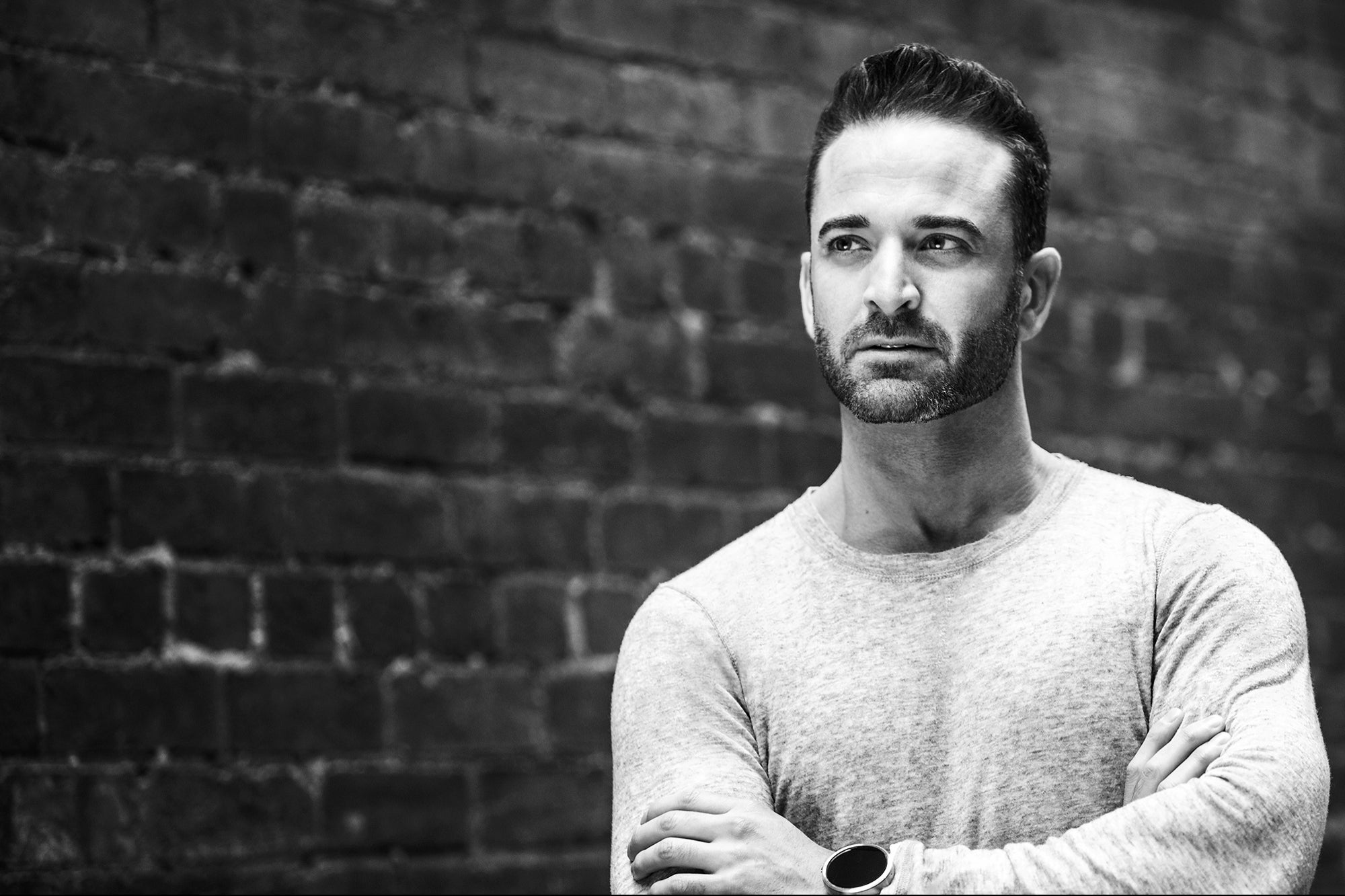Headhunting is a specialized form of recruitment that focuses on finding top talent for high-level positions within a company. Unlike traditional recruiting, headhunting targets high-level employees who are not actively seeking new roles, making it an essential strategy for filling urgent or hard-to-fill positions.
This method is particularly effective in industries where expertise and experience are crucial. Headhunters often have deep knowledge of the industry and a wide network of contacts, enabling them to identify and approach the best candidates. Advancements in technology have also enhanced the headhunting process, making it easier to match the right candidates to the right roles.
The impact of headhunting on the job market and businesses is significant. By ensuring that top talent is placed in key positions, companies can achieve better performance and innovation. Understanding how headhunting works can help you leverage this strategy to advance your career or improve your organization’s success.
Key Takeaways
- Headhunting focuses on finding top talent for high-level positions.
- Technology has improved the efficiency of the headhunting process.
- Effective headhunting can significantly enhance business performance.
What is Headhunting? Understanding the Concept
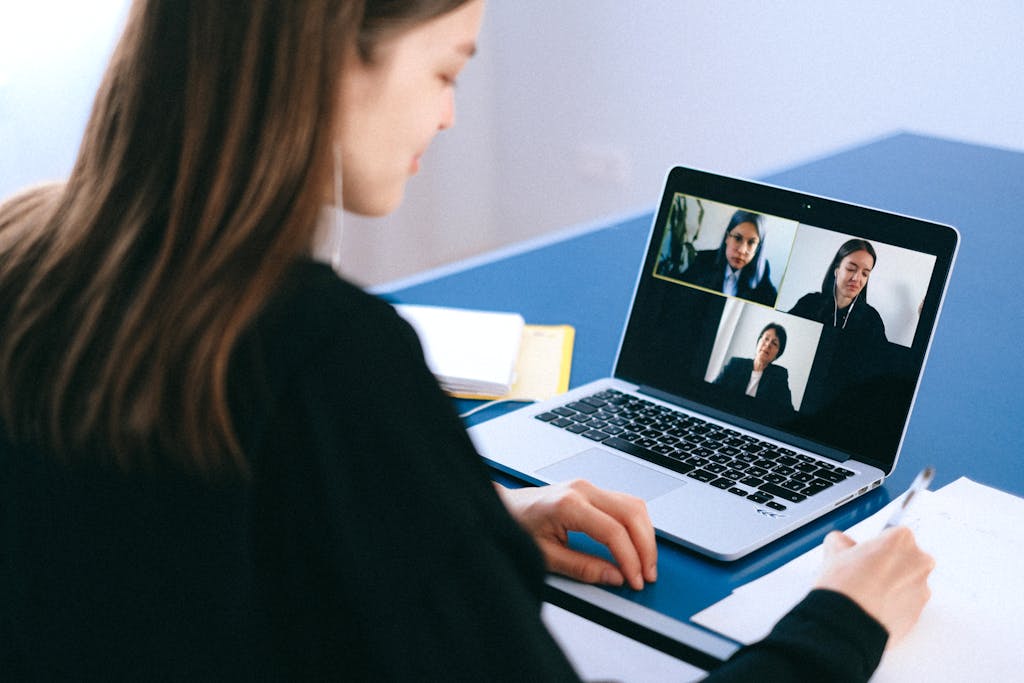
Headhunting focuses on finding top talent, especially those not actively seeking jobs, while traditional recruitment often relies on advertising vacancies. This specialized approach involves a proactive and targeted process to secure the best candidates for key positions.
Headhunting vs Traditional Recruitment
Headhunting differs from traditional recruitment primarily in how candidates are sourced. Traditional recruitment generally involves posting job advertisements and waiting for applicants, targeting active candidates who are actively looking for new opportunities.
Headhunting, on the other hand, actively targets passive candidates who are not actively seeking new roles but may be open to the right opportunity. This means reaching out directly to professionals who are currently employed and may not be browsing job boards.
Another difference lies in the level of roles usually targeted. While traditional recruitment can be used for a wide range of positions, headhunting is often reserved for senior-level or highly specialized roles that require specific skills and experience.
The Headhunting Process
The headhunting process involves several steps, each designed to identify and attract the best candidates. Initially, headhunters work closely with the hiring organization to understand the specific requirements of the role and the desired candidate profile.
Next, headhunters conduct market research to identify potential candidates. This involves scanning professional networks, databases, and industry connections. Once suitable candidates are identified, headhunters use strategic and personalized outreach to engage these professionals, often leveraging their industry knowledge and network.
After making initial contact, headhunters assess the candidate’s fit for the role through detailed discussions and interviews. This thorough vetting process ensures that only the most qualified and interested candidates are presented to the hiring organization.
Roles of Headhunters in Recruitment
Headhunters play a critical role in the recruitment process, especially for high-level positions. Their expertise includes deep industry knowledge, extensive networks, and negotiation skills. They work closely with hiring managers to define the role, identify the best approach for outreach, and create a compelling pitch to attract top talent.
They also manage the entire recruitment cycle, from initial contact to final offer negotiation. This includes coordinating interviews, providing feedback, and facilitating communication between candidates and the hiring organization.
In addition, headhunters often act as advisors, helping to align the hiring strategy with the organization’s long-term goals. This strategic partnership can result in more successful hires and a better fit for both the candidate and the organization.
The Role of Technology in Headhunting
Technology has transformed headhunting by utilizing social media platforms and enhancing digital networking. It allows headhunters to connect with top talent more efficiently and personalize the recruitment process.
Leveraging Social Media
Social media platforms like LinkedIn are powerful tools for headhunting. They enable recruiters to identify and connect with potential candidates quickly. You can search for professionals based on their skills, experience, and industry.
LinkedIn provides detailed profiles, making it easier to assess a candidate’s fit for a role without initial interviews. Social media also allows headhunters to engage with candidates more informally. Engaging through posts, messages, and comments can build relationships and trust.
Job boards linked to social media also help. They provide a broader audience and quick access to a pool of active job seekers. This combination allows you to reach both passive and active candidates in a targeted manner. Making the most out of these platforms can make your headhunting process more efficient and successful.
Digital Networking and Headhunting
Digital networking has changed how headhunters find and interact with candidates. Online events, webinars, and industry forums are now prevalent, offering new avenues for connecting with professionals. You can attend these events and engage with potential candidates directly.
Specialized recruitment tools also aid in digital networking. These tools analyze data to match candidates with job openings accurately. Advanced analytics can identify trends and predict candidate success, making the process more data-driven.
Additionally, digital platforms can facilitate initial interviews and assessments through video calls and AI-based evaluations. This reduces the need for physical meetings and speeds up the hiring process. Incorporating digital networking into your strategy can help you stay ahead in the competitive field of headhunting.
Steps in the Headhunting Process
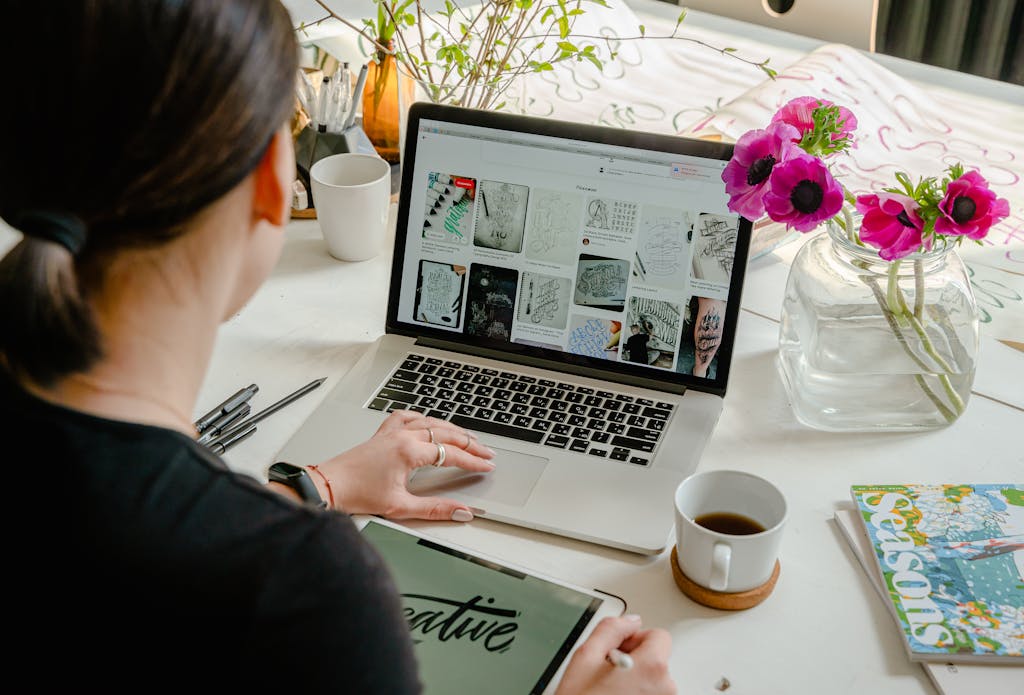
This process involves several important steps: identifying suitable candidates, engaging and screening them, conducting interviews and shortlisting, and finally, negotiating and making the job offer.
Identifying Suitable Candidates
To start, you need to create a thorough candidate profile. This profile details the skills, experience, and qualifications required for the role. Once you have a clear profile, you can begin your candidate search.
Focus on finding qualified candidates, including passive talent, who aren’t actively looking for new jobs but may be open to opportunities. Utilizing professional networks and databases helps you cast a wide net. You’ll want to look at candidates’ past work, accomplishments, and their fit with your organization’s culture.
Candidate Engagement and Screening
After identifying potential candidates, the next step is to engage and screen them. This begins with an initial outreach, which should be personalized and direct. Provide a compelling reason for why they should consider the position.
Next, collect resumes and conduct preliminary screenings based on the candidate profile. During this stage, verify their qualifications and look for red flags that might disqualify them from the process. Consider conducting brief phone interviews to further assess their suitability before moving forward.
Interviewing and Shortlisting
Once you’ve screened candidates, you can move on to the interview process. Structured interviews help maintain consistency. Develop a set of questions that target key skills and experiences. Multiple rounds of interviews may be necessary, including technical assessments and culture fit evaluations.
After the interviews, create a shortlist of the top candidates. Discuss their performance with relevant team members and gather feedback to decide who progresses through the hiring process. Ensure that you’re comparing candidates fairly and objectively.
Negotiations and Job Offer
When you have your top candidate, begin the negotiation phase. This involves discussing salary, benefits, start date, and any other terms of employment. Be prepared for a dialogue where both sides may need to compromise.
Once terms are agreed upon, make a formal job offer. Ensure the offer letter is clear and includes all relevant details. Follow up promptly and maintain open communication to address any questions or concerns the candidate may have before they accept the position.
The Impact of Headhunting on Businesses
Headhunting can open up opportunities for businesses to attract top talent, improve productivity, and build strong partnerships for long-term growth. The process, however, comes with certain cost considerations.
Strategic Advantages for Companies
Headhunting allows you to target and attract high-level employees who may not be actively seeking new jobs. This means you can bring in executive-level talent with specialized skills and experience, rather than relying solely on candidates who are actively job searching.
A key advantage is the ability to fill critical leadership roles quickly and efficiently. Instead of spending months on the traditional hiring process, you can identify and recruit top-tier talent, ensuring your company remains competitive. This is particularly important for roles requiring unique expertise or experience that are vital for your business operations.
Cost Considerations in Headhunting
While headhunting offers strategic benefits, it is important to consider the cost implications. Engaging a headhunter can be more expensive than traditional recruitment methods. You might incur costs such as headhunter fees, which can range from 20% to 30% of the candidate’s annual salary.
However, these costs can be offset by the long-term value brought by the recruited talent. A strategic hire can significantly impact your company’s productivity, innovation, and success. Evaluating the return on investment (ROI) is crucial, especially when hiring for c-suite positions and other roles that demand high expertise.
Partnership and Long-Term Growth
Forming a partnership with a professional headhunting firm can lead to sustainable long-term growth. These partnerships often result in a better cultural fit between the candidate and your organization, promoting higher retention rates. This is because headhunters develop a deep understanding of your company’s culture, values, and long-term goals.
Additionally, strong headhunting partnerships can enhance your company’s ability to attract and retain top talent over time. By building a relationship with a trusted headhunter, you create a pipeline of potential candidates, ensuring that future vacancies can be filled swiftly and effectively.
Building such relationships with headhunters can yield mutually beneficial outcomes for both your company and the headhunting firm. This constant collaboration can help you adapt to evolving market needs and consistently reinforce your team’s strength and capability.
Frequently Asked Questions
When exploring headhunting, it is important to understand how it differs from recruiting, the way it’s used today, and its ethical considerations.
What is the difference between headhunting and recruiting?
Headhunting focuses on finding and attracting top talent for specific roles, often from competing companies. Recruiting generally involves filling open positions through job postings and candidate applications.
How is headhunting utilized in modern human resources practices?
In today’s HR practices, headhunting is used to target high-demand, hard-to-fill roles. Companies often partner with specialized firms to find candidates who are not actively looking but are ideal for strategic positions.
What are the key advantages and disadvantages of headhunting for organizations?
Key advantages include accessing a larger talent pool and finding highly qualified candidates quickly. The disadvantages are the higher cost and the possible disruption caused by recruiting employees from competitors.
In what way is the term headhunting used in a modern corporate context?
In the corporate world, headhunting usually means the targeted recruitment of executives or highly specialized professionals. It aims to fill critical organizational roles that require specific expertise or leadership skills.
How have headhunting techniques evolved with the advent of digital technology?
Digital technology has transformed headhunting by enabling the use of data analytics, online professional networks, and AI-powered tools to identify and engage potential candidates effectively.
What are the ethical considerations involved in headhunting practices?
Ethical considerations include respect for candidate confidentiality and honesty in communication. Headhunters must avoid misleading candidates or engaging in poaching tactics that violate non-compete agreements.
figuring out how to balance these points can help you make better decisions about using headhunters in your organization.
Tags







